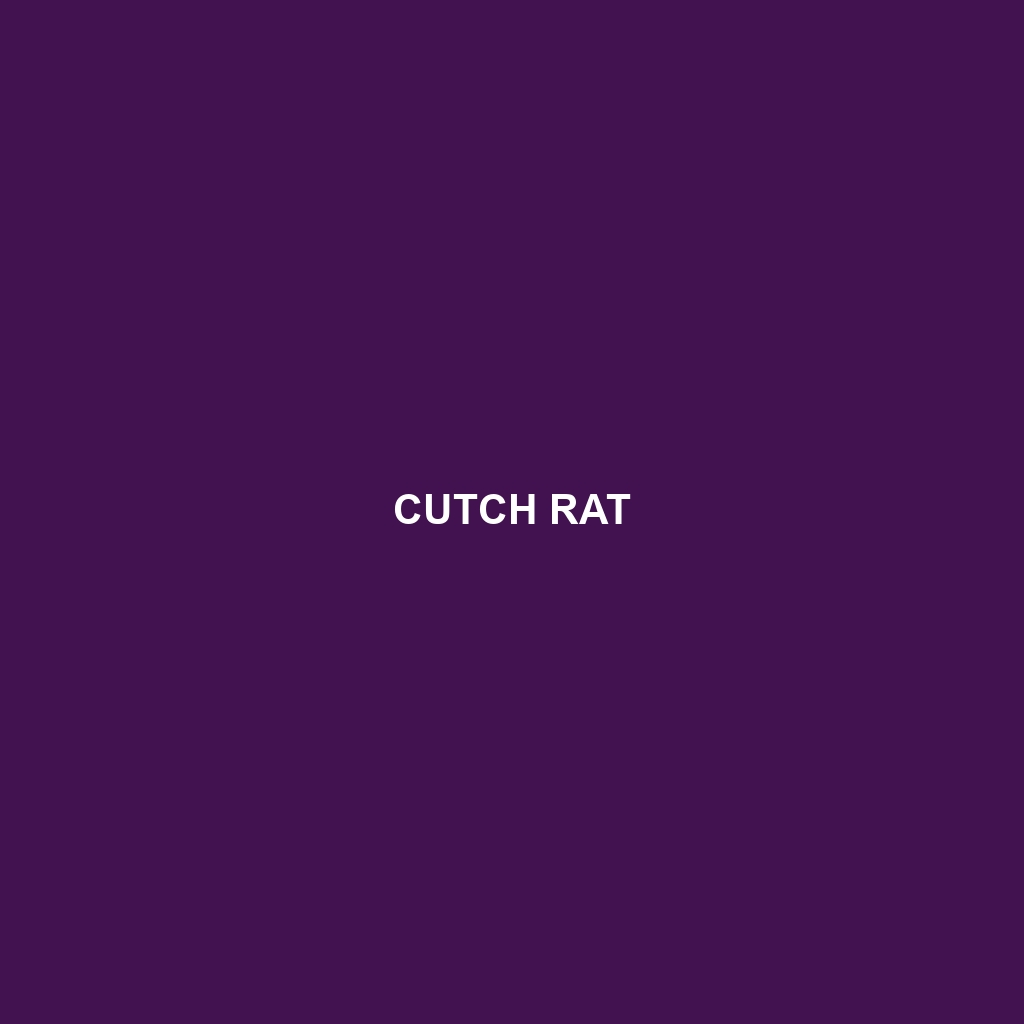Eastern Forest Hedgehog
Common Name: Eastern Forest Hedgehog
Scientific Name: Erinaceus concolor
Habitat: The Eastern Forest Hedgehog primarily inhabits temperate forests, woodlands, and scrub areas across Eastern Europe and parts of Asia. This species thrives in environments that offer dense undergrowth and plenty of foliage, which provide essential cover and nesting sites. Typically, they are found in countries such as Hungary, Romania, and regions in Russia, favoring areas close to human settlements due to the availability of food sources.
Physical Characteristics: The Eastern Forest Hedgehog is recognized for its distinctive spiny coat, which serves as a primary defense mechanism against predators. Adults typically measure between 22 to 30 cm in length and weigh around 0.5 to 1.5 kg. Their coloration ranges from brown to dark gray, with light underbellies. Noteworthy features include a pointed snout and small, rounded ears that enhance their keen sense of hearing. These hedgehogs also possess a unique ability to curl into a tight ball, protecting their vulnerable body while exposing only their spines.
Behavior: Eastern Forest Hedgehogs are primarily nocturnal, emerging at dusk to forage for food. They exhibit solitary behavior, except during mating season or when mothers care for their young. These hedgehogs are known for their lumbering gait and curious nature. They are also skilled climbers and swimmers, which can be interesting points for enthusiasts. Additionally, they engage in hibernation during the colder months, retreating to burrows or dense foliage for shelter.
Diet: Eastern Forest Hedgehogs are opportunistic feeders with an insectivorous diet. Their primary food sources include insects, worms, slugs, and small vertebrates. They are also known to consume various fruits and berries, which boosts their nutritional intake. This diverse diet plays a vital role in controlling pest populations within their habitat, making them beneficial for local ecosystems.
Reproduction: The reproductive habits of Eastern Forest Hedgehogs typically involve a breeding season that occurs between April and August. After a gestation period of about 4 to 6 weeks, females give birth to a litter of 3 to 7 young. The offspring are born blind and hairless, gradually developing their spines within a few weeks. Mothers are known to exhibit protective behaviors, ensuring the safety of their vulnerable young during their initial growth stages.
Conservation Status: The Eastern Forest Hedgehog is currently classified as “Least Concern” by the International Union for Conservation of Nature (IUCN), but they face threats from habitat loss, road mortality, and predation from domestic animals. Local conservation efforts aim to preserve their natural habitats and promote public awareness of this unique species.
Interesting Facts: Did you know that Eastern Forest Hedgehogs can consume up to 100 grams of insects in a single night? Additionally, they have a unique grooming habit where they lick their spines to keep them clean and free from parasites. Their ability to hibernate helps them survive harsh winter conditions with minimal energy expenditure.
Role in Ecosystem: As a crucial component of their ecosystem, Eastern Forest Hedgehogs aid in controlling insect populations, thus contributing to the health of forest habitats. Their foraging behaviors help to aerate the soil and promote plant growth, while they also serve as prey for larger predators, completing the food chain within their natural environment.
